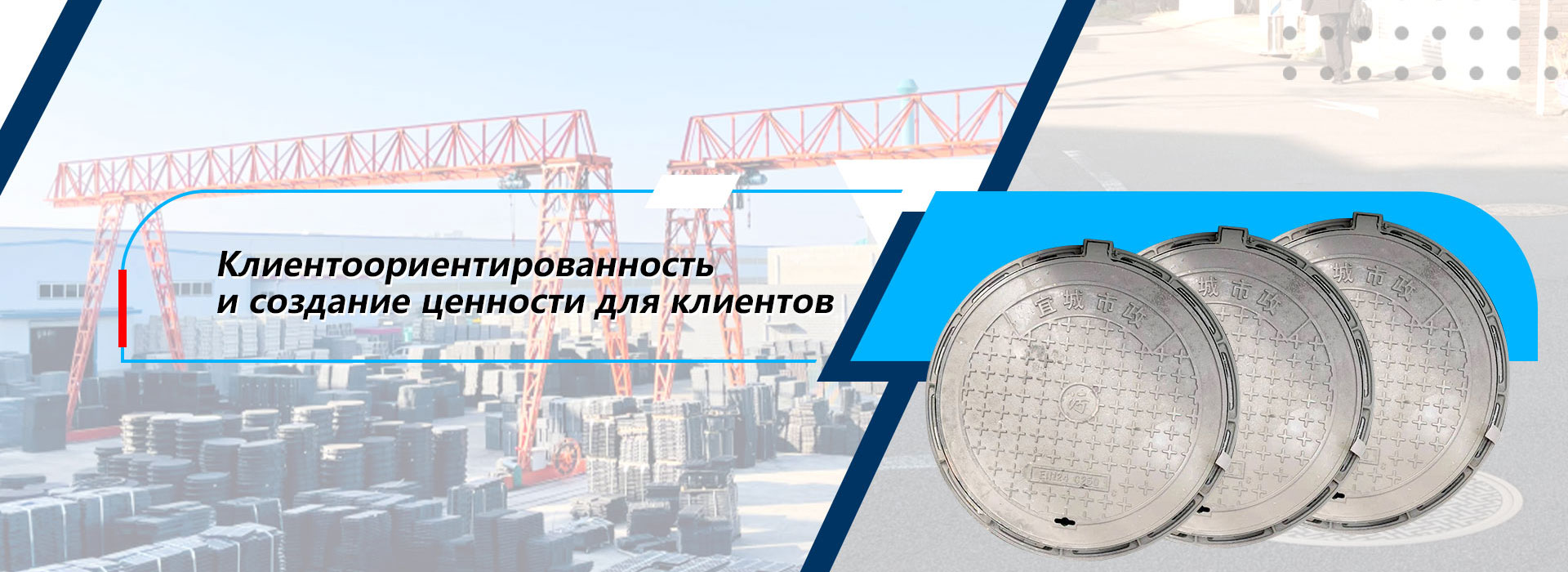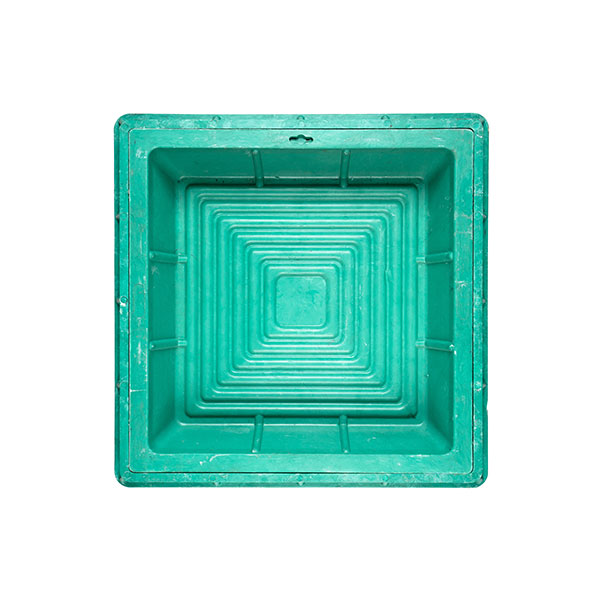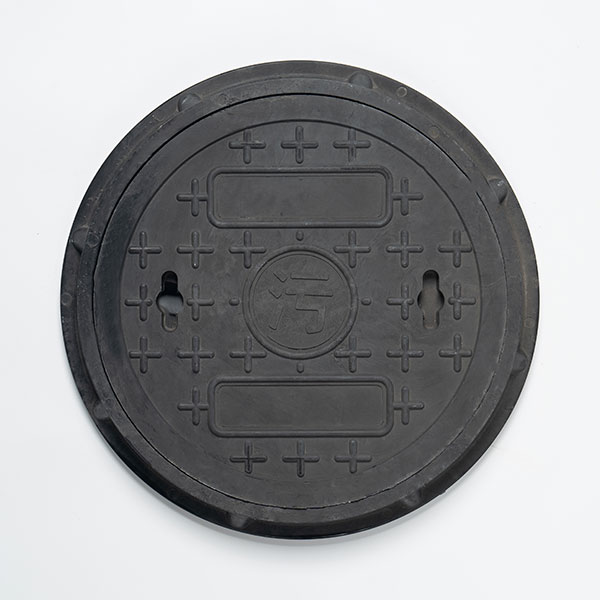
The lattice of the rain receiver
Rainfall of the reception: an inconspicuous hero of our streets
The lattice of the rain receiver is, it would seem, an insignificant element of urban infrastructure. Small, often inconspicuous, it performs an extremely important function, providing unhindered removal of rain and melt water from the roadway and sidewalks. Without it, our streets would turn into real rivers after each rain, creating inconvenience for pedestrians and drivers, as well as a threat of flooding of buildings and underground utilities.
Materials and design: strength and durability
The lattices are made of various materials, each of which has its own advantages and disadvantages. Most often, cast iron and steel grilles are found. Cast iron is a strong and durable material resistant to corrosion, but it is quite heavy and can be expensive. Steel lattices, as a rule, are easier and cheaper, but require additional protection against rust, for example, galvanizing or polymer coating. Composite materials are also used that combine lightness and strength. The design of the grate should be strong enough to withstand significant loads - the weight of cars, pedestrians, as well as water flow pressure. They differ in shape - from simple rectangular to complex, with decorative elements.
Functionality and safety: clean city and pedestrians safety
The main function of the lattice is to pass water into the rain receiver, preventing flooding. However, it also plays an important role in ensuring the safety of pedestrians. A properly installed and serviceable lattice prevents the legs in the drain hole, which can lead to injuries. Therefore, it is important that the lattices are securely fixed and have sufficient width of the slots, allowing to freely pass water, but preventing the fault of shoes. Regular cleaning of bins and leaves are also the key to the effective operation of the entire drainage system. The clogged lattice not only prevents water drainage, but can also cause flooding.
Aesthetics and urban space:
Although the main function of the lattice is practical, we must not forget about the aesthetic aspect. In modern cities, grilles are increasingly used that fit into the overall architectural style. A variety of shapes, sizes and materials allows you to choose grilles that will harmoniously combine with the environment, making the city not only functional, but also beautiful.
AppropriateProducts
Corresponding products
The best soldproducts
The best -selling products-
 500x320x50 Composite mutual combuster with small teeth
500x320x50 Composite mutual combuster with small teeth -
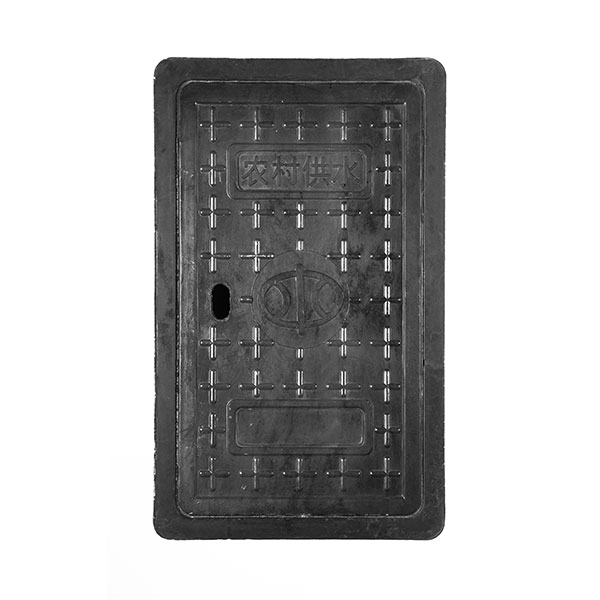 320x530x350 Composite water meter
320x530x350 Composite water meter -
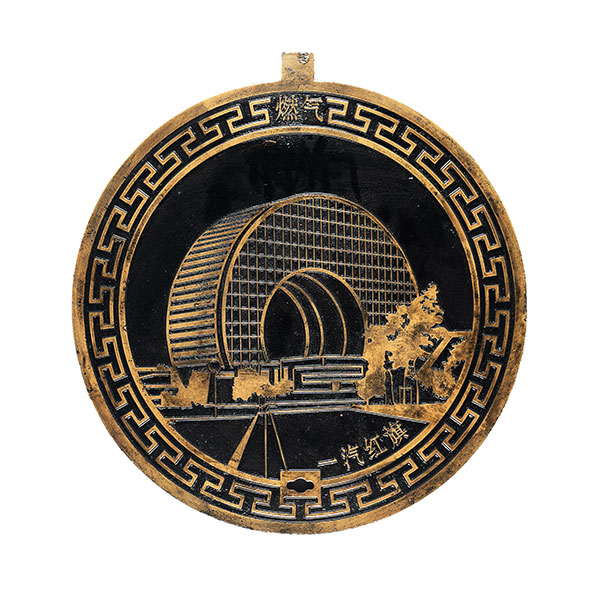 Artistic cast iron cover with copper coating
Artistic cast iron cover with copper coating -
 450x750x40 Cast iron grill
450x750x40 Cast iron grill -
 700x800x120 with a grid to protect against falling on the outside of square and inside a round shape
700x800x120 with a grid to protect against falling on the outside of square and inside a round shape -
 730x490x20 composite high -speed cover
730x490x20 composite high -speed cover -
 The mesh is against the fall
The mesh is against the fall -
 800x1000x120 Anti -corrosion surface aerosol paint stains a round hole
800x1000x120 Anti -corrosion surface aerosol paint stains a round hole -
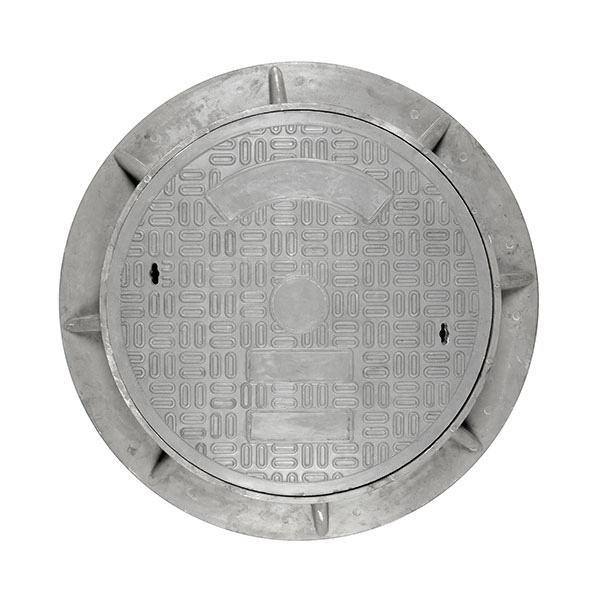 750x1000x100 Composite round well
750x1000x100 Composite round well -
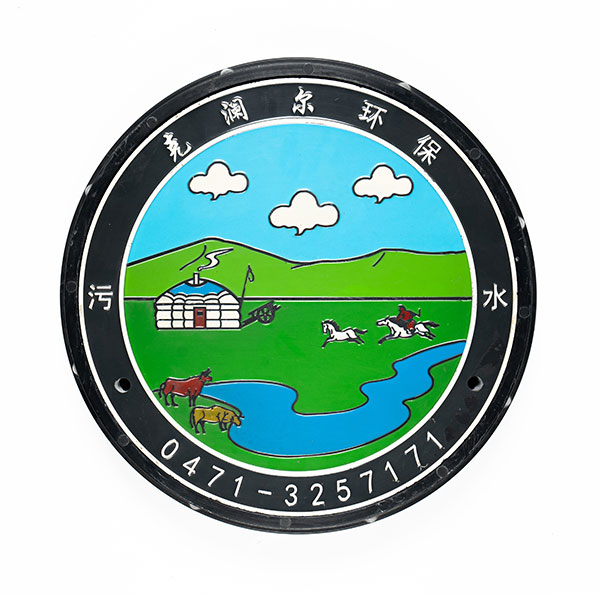 Luke's composite cover
Luke's composite cover -
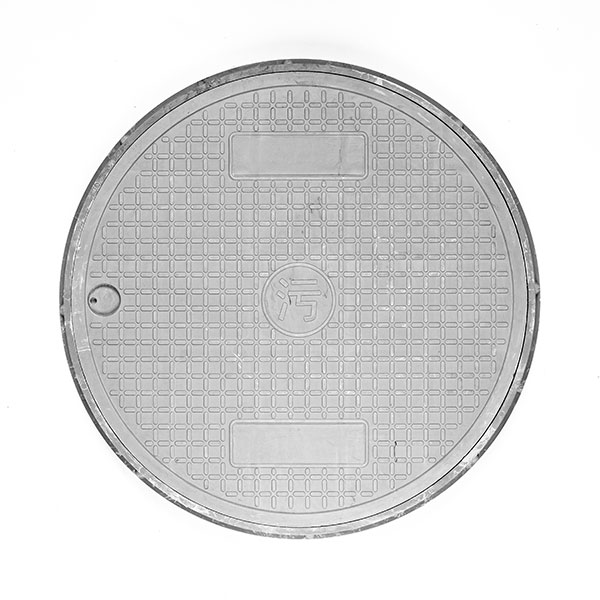 700x800x60 Composite round well
700x800x60 Composite round well -
 700x370x60 Composite square lid of hatch
700x370x60 Composite square lid of hatch
Connectedsearch
Related search- Suppliers of hatches from China
- Chinese factory of the lower hatches
- Plants for the production of entrance gratings in China
- Chinese suppliers of cast -iron gratings
- The rings of the hatch of the cover
- Cheap plastic rings of lids with a factory hatch
- Open plastic water meter boxes with key manufacturers in China
- Suppliers inlet grids dB 2 from China
- Cheap cast iron lugs t s250 price
- Cheap plastic lids of hatches from leading buyer countries

